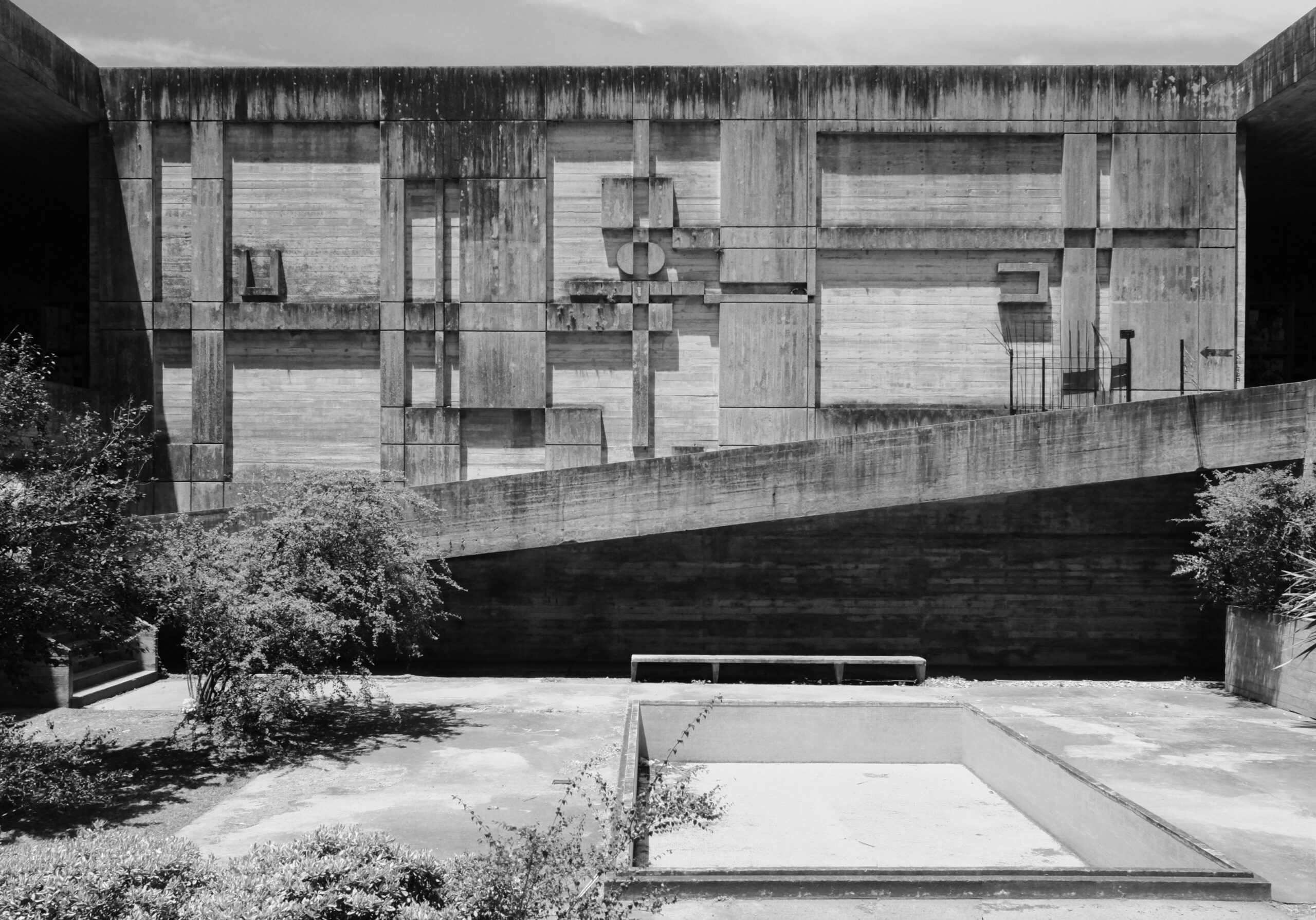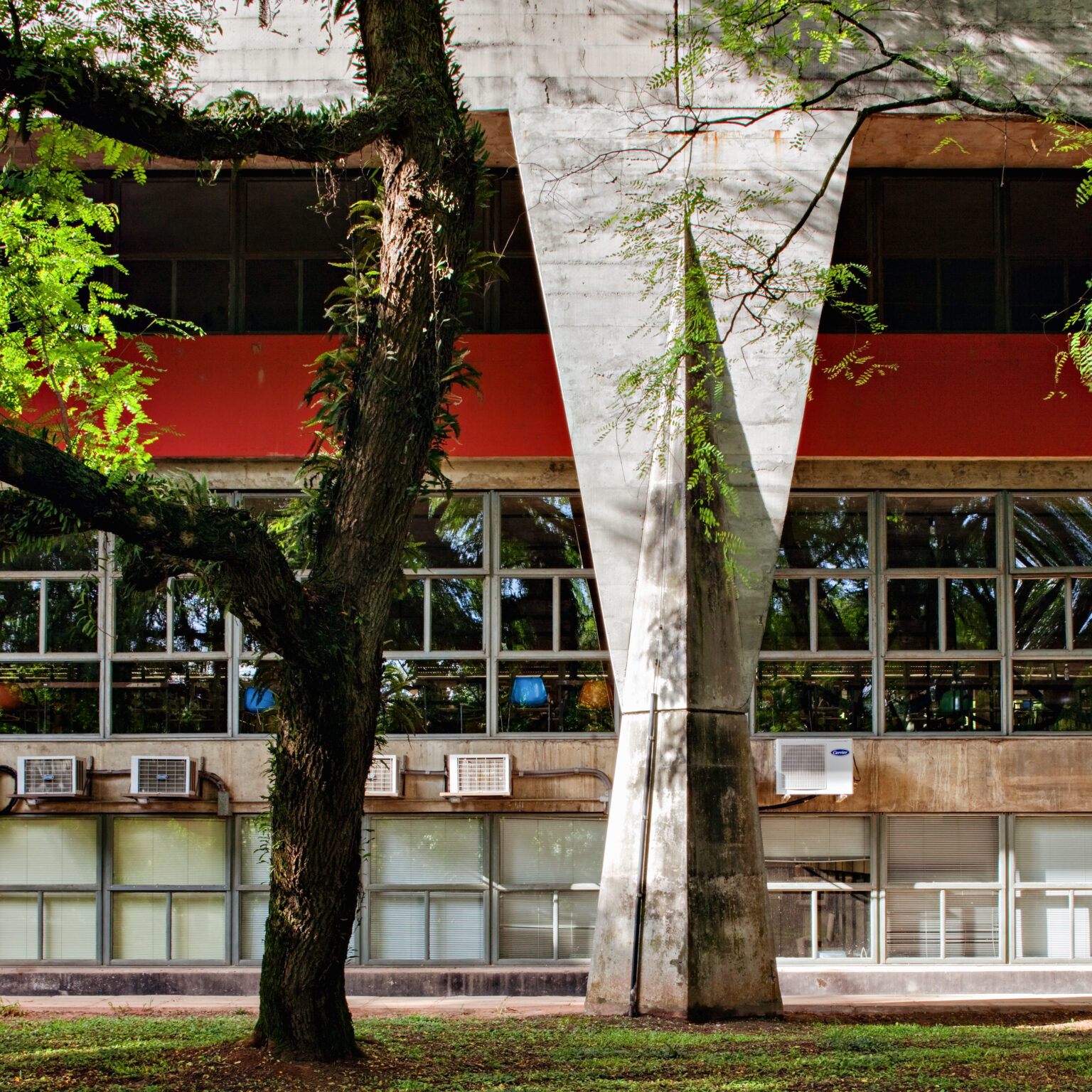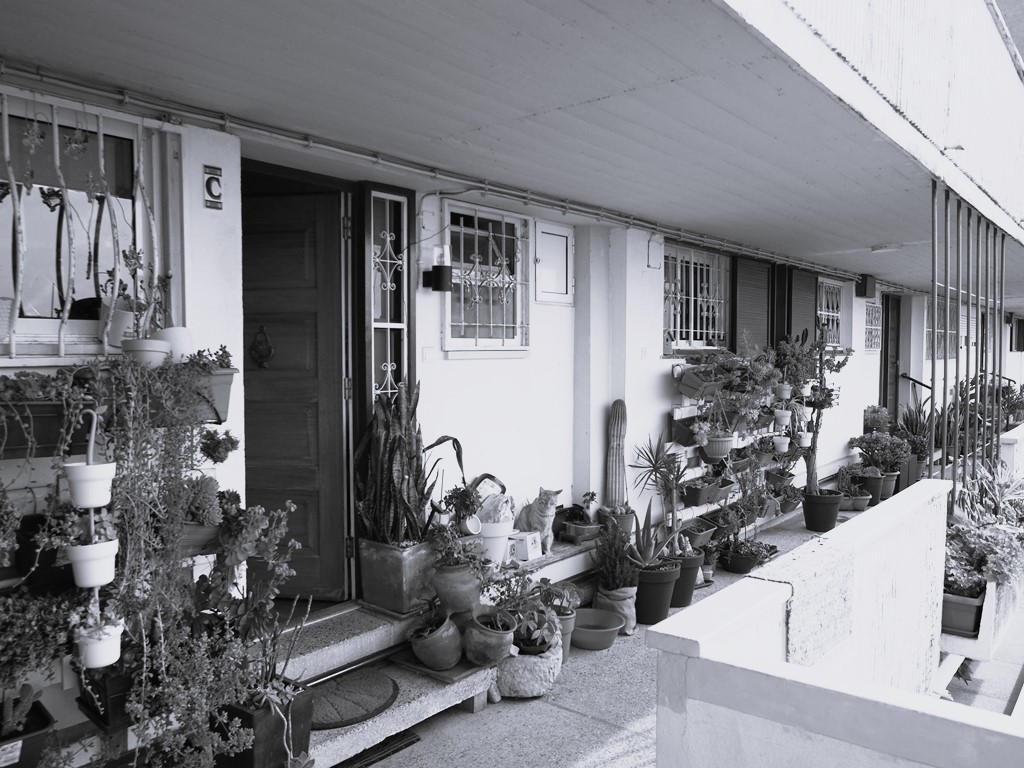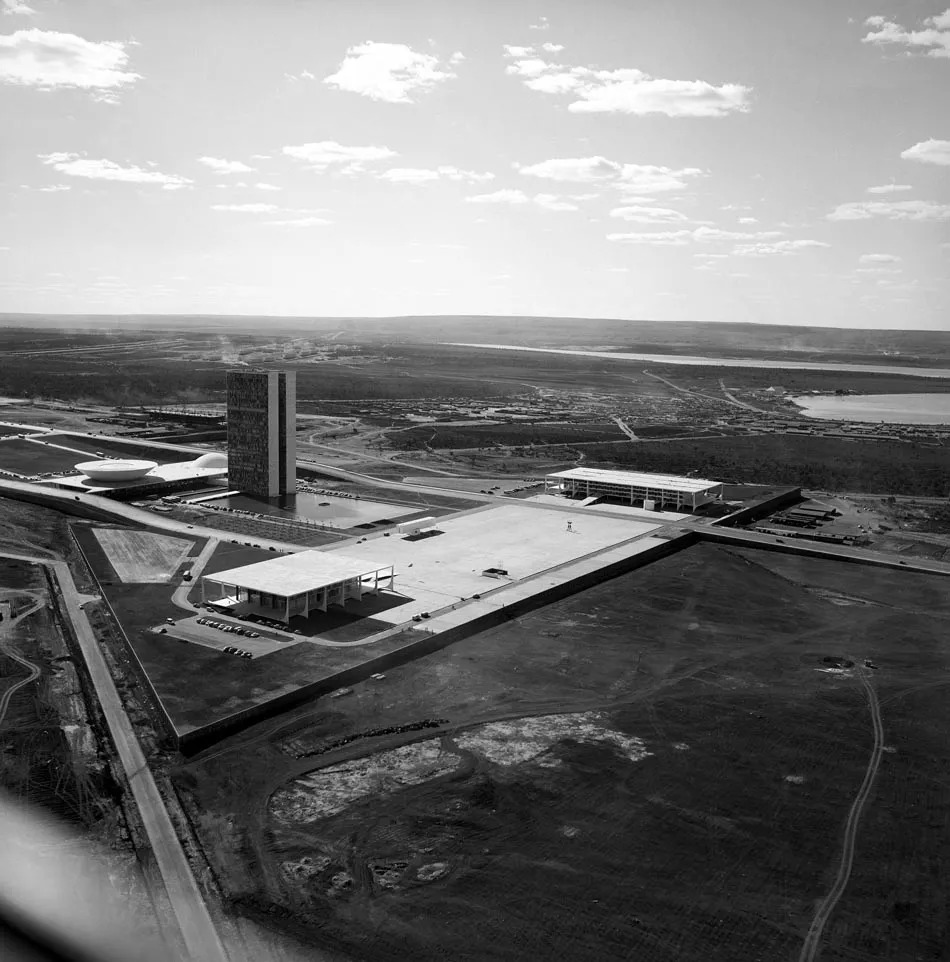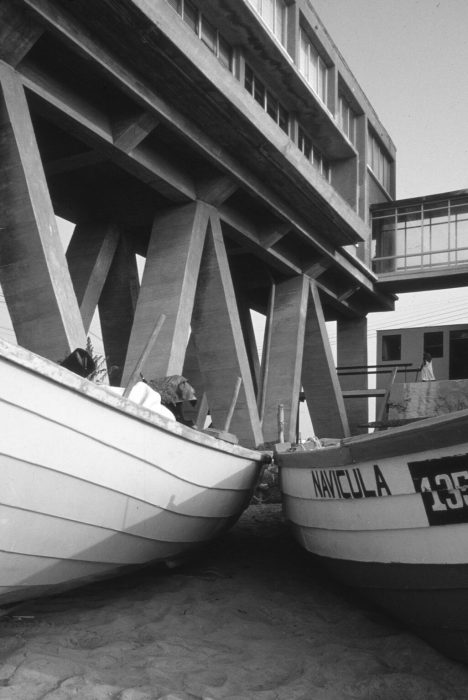Type of event: Online
Speakers
Lucia Maria Sá Antunes Costa, PROURB-FAU/UFRJ
Maria Cristina Nascentes Cabral, PROURB-FAU/UFRJ
Carla Urbina, PROURB-FAU/UFRJ and PUC-Rio
Isabel García Pérez de Arce – Original Archives- FADEU- Pontificia Universidad Católica de Chile
Michelle Llona, Archivo de Arquitectura, Pontificia Universidad Católica del Perú
Date: 28/11/2023 11:00 am
Date details: Santiago Chile 11:00 hrs (UTC -3)
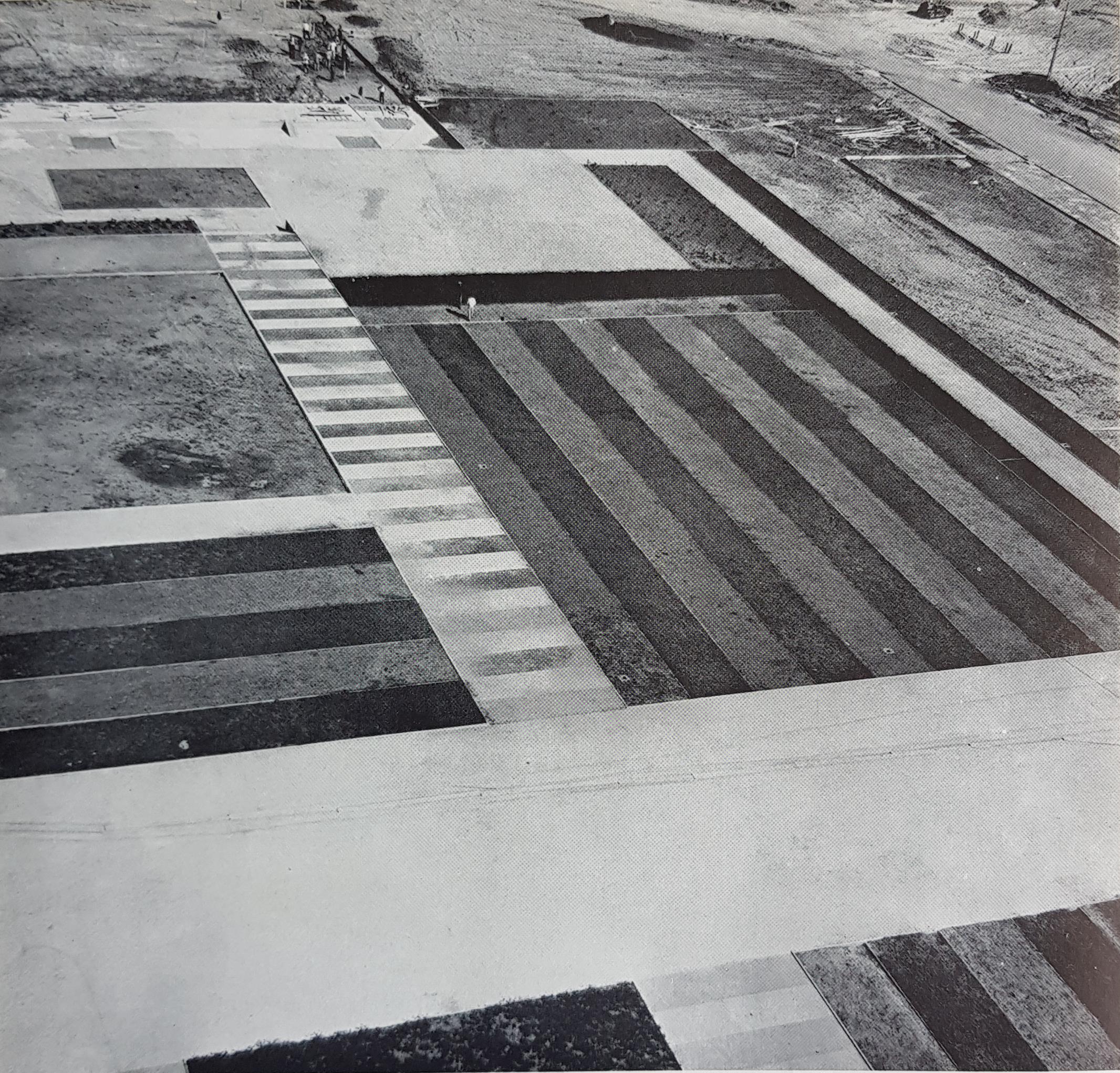
Image: Roberto Burle Marx’s gardens in progress for the Faculdade Nacional de Arquitetura, Rio de Janeiro, circ. 1960. Source: NPD – FAU/UFRJ
Description
Archives and restoration: Roberto Burle Marx’s gardens for the Faculdade Nacional de Arquitetura, Universidade do Brasil.
Abstract :
Archive collections allow different forms of manipulation as primary records for the restoration of listed gardens. This presentation discusses how the NPD’s collection – Research and Documentation Center, FAU-UFRJ, has being driving the restoration of Roberto Burle Marx’s gardens for the then Faculdade Nacional de Arquitetura of the Universidade do Brasil in Rio de Janeiro, which building was designed by the architect Jorge Machado Moreira. Created in the 1960s, it is an important and representative set of modern architecture and landscape in Brazil. The NPD’s Burle Marx collection, which mainly includes the original landscape design, institutional documents and photographs, is being explored by an interdisciplinary team that includes landscape architects, historians, designers and botanists. This work aims to support decisions to restore Burle Marx’s gardens for the University Campus, aiming to value and disclose their relevance within the scope of Modern Landscape Architecture.
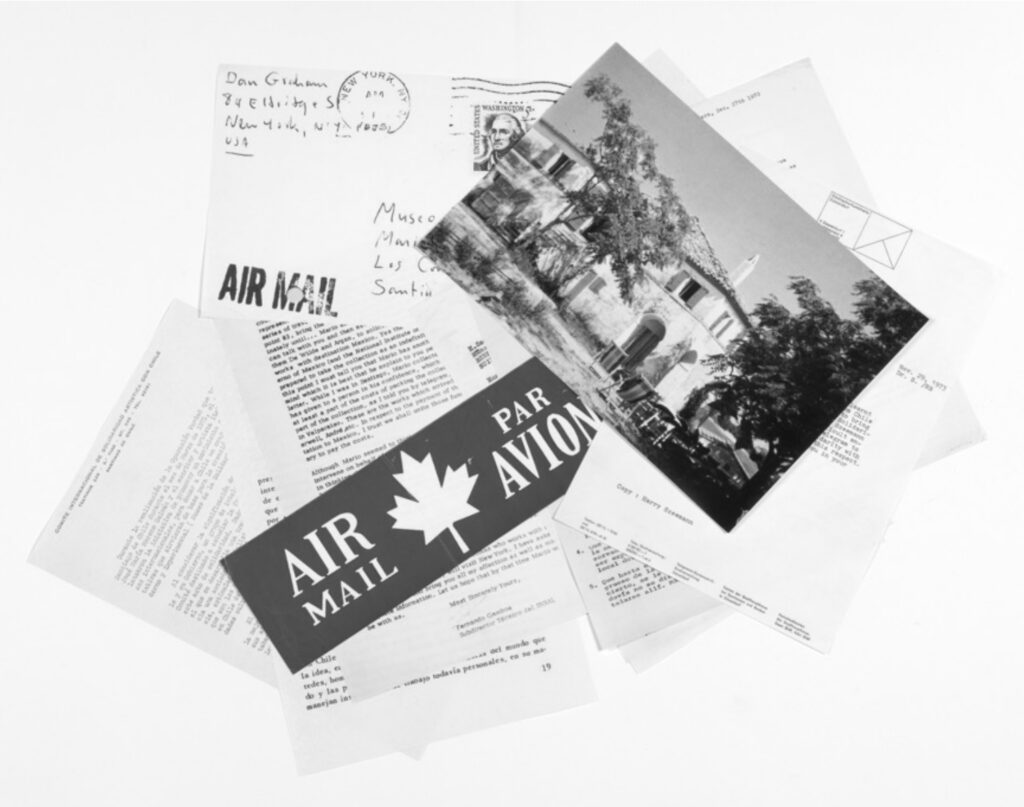
Between archive and event: Ephemeral works from the Museum of Solidarity, 1971-1973
Abstract :
The Museo de la Solidaridad (Santiago, Chile, 1971–73), or Museum of Solidarity, is a singular attempt to reconcile the conflicting couple of art and politics. The Museum of Solidarity was the materialization of president Salvador Allende’s Unidad Popular Government’s ideas on artistic visibility, in relation to the shared agendas of both projects: the cultural change of Socialism in Chile and the new experimental model of the Museum.
Renowned artists, curators and critics such as Harald Szeemann, Guy Brett, Sol Levitt, Helio Oticica and others participated in the inception of this Museum. This was possible thanks to the social and ethical commitment that Mario Pedrosa’s experimental curatorial? proposal, which involved participating in this unique museum based on the word «Solidarity».The experimental museum project of Allende and Pedrosa was left unfinished, as consequence of the military coup of 11 September 1973. The documents kept from this period are footprints left from an interrupted conversation. Non-objectual works of art, which are now in the archive, raise relevant questions related to their activation: how can we confront these artistic works that were created under specific motivations and contexts, without tearing the poetic and political memory contained in their original proposal?
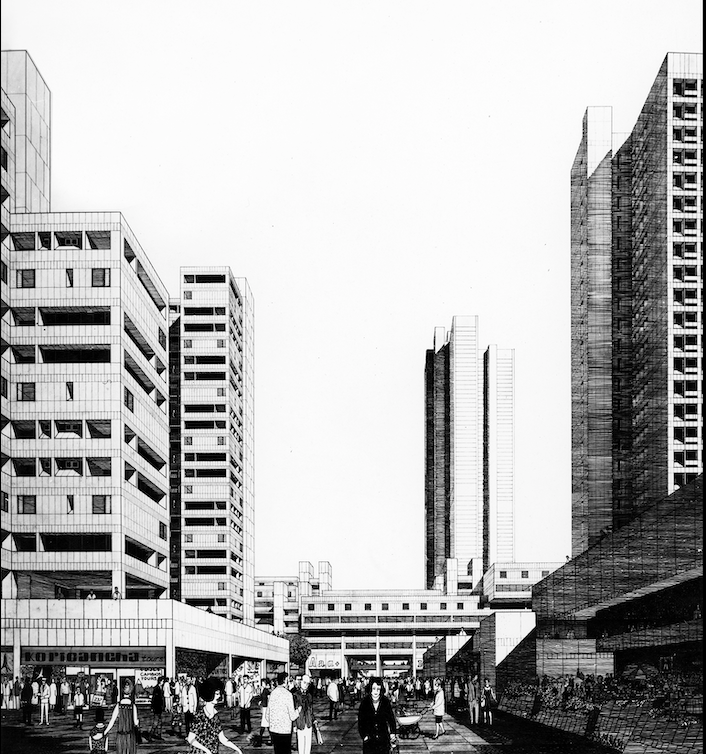
Lima Civic Center. Promenade axis perspective (c.1966). García Bryce collection. Archivo de Arquitectura PUCP.
José García Bryce: Collections for a history of Peruvian architecture
Abstract:
The exhibition is a story told from architectural documents. It focuses on showing its value as proof of the intellectual activity inherent to the project, as tangible and conceptual evidence of a story, establishing a parallel between the constructed work and the documents—plans, perspectives, photographs, articles and essays—; in this case, by the architect José García Bryce. I selected nine of his productions, and brought them together in a chronological narrative that allows us to take a glimpse at the evolution of his thought.
In search of a dialogue, and to achieve diverse readings of the documents and ideas that García Bryce handles, we review the selected material with other architects and artists. I invited people who maintained some connection with García Bryce to review a set of documents from the archive and to propose hypotheses about the built works compiled here. To this dialogue we added analytical texts on the written essays, as well as graphics and photographs, which allow us to reflect on the architect’s research.
 Follow
Follow